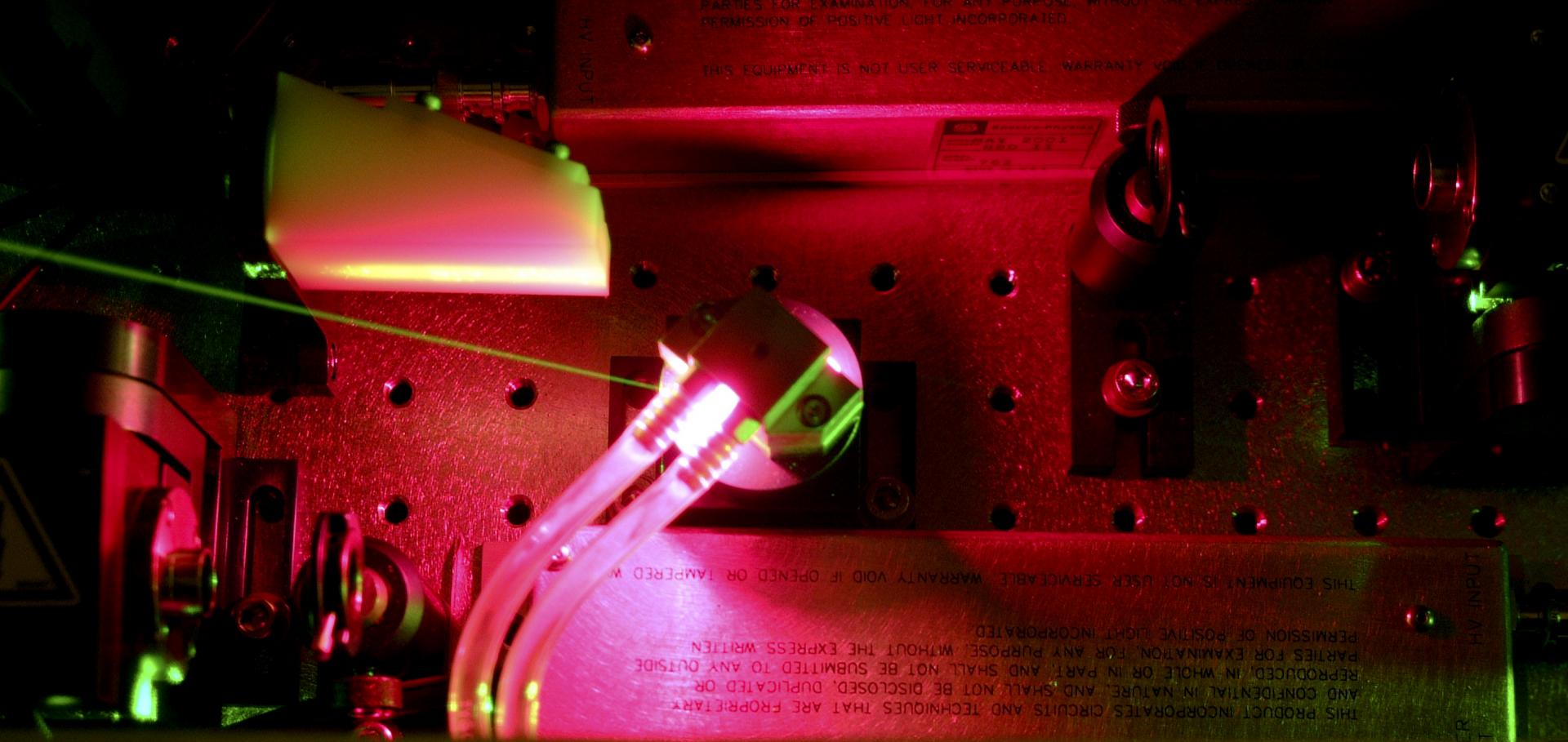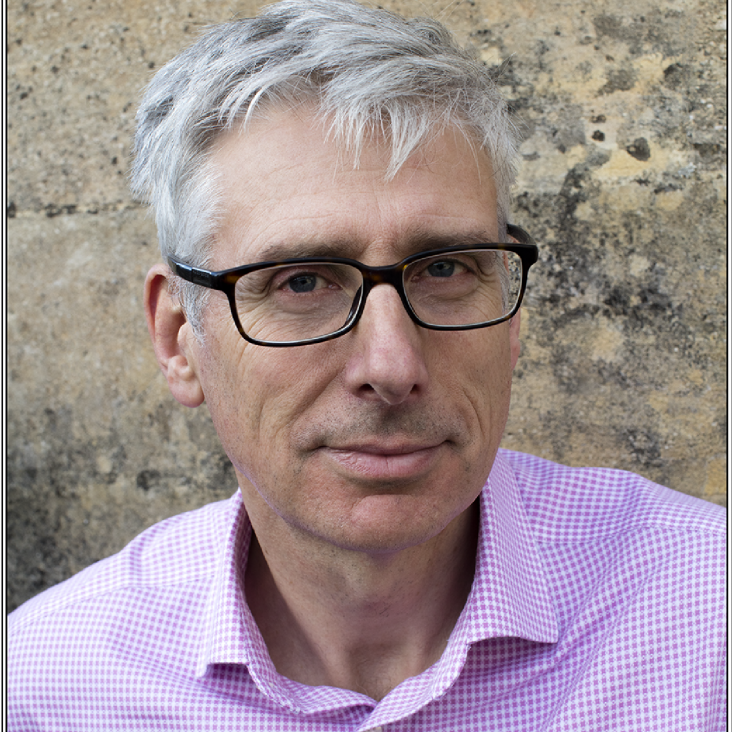GeV electron beams from a centimetre-scale accelerator
Nature Physics 2 (2006) 696-699
Inverse free electron lasers and laser wakefield acceleration driven by CO2 lasers
Philosophical Transactions of the Royal Society A: Mathematical, Physical and Engineering Sciences 364:1840 (2006) 611-622
Abstract:
The staged electron laser acceleration (STELLA) experiment demonstrated staging between two laser-driven devices, high trapping efficiency of microbunches within the accelerating field and narrow energy spread during laser acceleration. These are important for practical laser-driven accelerators. STELLA used inverse free electron lasers, which were chosen primarily for convenience. Nevertheless, the STELLA approach can be applied to other laser acceleration methods, in particular, laser-driven plasma accelerators. STELLA is now conducting experiments on laser wakefield acceleration (LWFA). Two novel LWFA approaches are being investigated. In the first one, called pseudo-resonant LWFA, a laser pulse enters a low-density plasma where nonlinear laser/plasma interactions cause the laser pulse shape to steepen, thereby creating strong wakefields. A witness e-beam pulse probes the wakefields. The second one, called seeded self-modulated LWFA, involves sending a seed e-beam pulse into the plasma to initiate wakefield formation. These wakefields are amplified by a laser pulse following shortly after the seed pulse. A second e-beam pulse (witness) follows the seed pulse to probe the wakefields. These LWFA experiments will also be the first ones driven by a CO2 laser beam. © 2006 The Royal Society.GeV laser-plasma electron acceleration in a cm-scale capillary waveguide
Optics InfoBase Conference Papers (2006)
Abstract:
33 mm plasma channels produced in a gas-filled capillary discharge and 40 TW, 40 fs laser pulses were used to produce GeV electron beams in a multi-table-top setup. © 2006 Optical Society of America.GeV laser-plasma electron acceleration in a cm-scale capillary waveguide
Optics InfoBase Conference Papers (2006)
Abstract:
33 mm plasma channels produced in a gas-filled capillary discharge and 40 TW, 40 fs laser pulses were used to produce GeV electron beams in a multi-table-top setup. ©2006 Optical Society of America.GeV laser-plasma electron acceleration in a cm-scale capillary waveguide
Optics InfoBase Conference Papers (2006)


